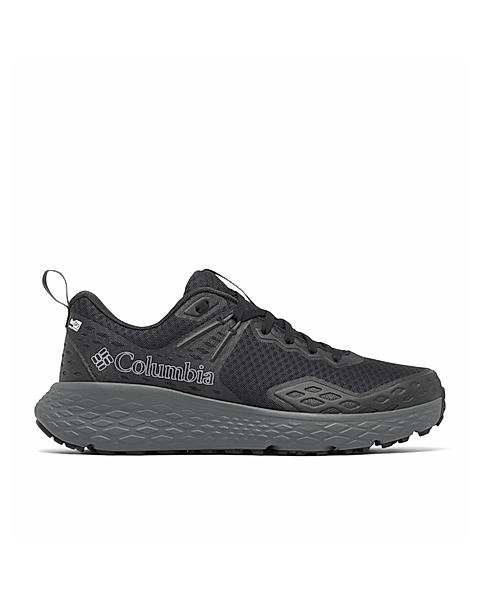Hiking is a great way to explore the outdoors, but it’s not without its risks.

Injuries can happen whether you're a seasoned hiker or just starting out. It is of utmost importance that you familiarise yourself with the most common injuries that one might sustain during outdoor activities and what is the best possible way to avoid them for your own safety and enjoyable experience. Let’s dive deeply into 10 most common outdoor injuries and how Omni Max hiking Shoes keeps you safe from the trail.
1. Sprained Ankle

Hiking injuries are of different types but the most common is a sprain in the ankle. Uneven ground can easily make your foot twist resulting in a painful sprain. The Omni Max shoe has an advanced multi-directional grip and cushioning that is superior, providing the needed stability and support to protect you from twisting your ankle. Also, the high-top design protects the ankle while also adding extra protection.
2. Foot Blisters

A good hike can easily be ruined by blisters that develop on your feet. These often occur as a result of friction between your foot and the shoe. The Omni Max shoes are made using breathable materials for minimal friction and no blisters.
3. Knee Pain

Long hikes may strain knees greatly especially when walking down steep slopes. With shock-absorbing midsole, this shoe helps reduce impact on your knees thus making it possible to traverse difficult terrains without feeling any pain in them at all
4. Plantar Fasciitis

The ligamentous connection between the heel and the toes, known as plantar fascia, causes plantar fasciitis because of excessive usage. It can also be worsened by unsuitable shoes which do not fit well. The Omni Max shoes has arch support and heel cushioning that helps to even out pressure across your foot thereby lowering chances of getting plantar fasciitis.
5. Shin Splints

Shin splints are commonplace among trekkers, especially amateur ones. The Omni Max shoe is constructed to be very light but robust, enabling it to facilitate natural movements and prevent shin splints.
6. Achilles Tendonitis

Achilles tendonitis can be caused by overworking the Achilles tendon usually during an uphill hike. This trekking shoe has a flexible sole specifically developed for your natural walking style so as to relieve pressure on the Achilles heel.
7. Hip Pain

Backpacks that are too heavy might cause hip pain if you are not wearing proper shoes. These Omni Max shoes have been ergonomically designed in order to provide good support for your feet and therefore your hips and make carrying heavy items over long distances easier.
8. Toe Injuries

Rock-stubbing injuries can be excruciatingly painful. The toe box of these shoes, reinforced with strong materials, will protect you from knocking the toes against objects thereby preventing bruises or fractures in them.
9. Lower Back Pain

Poor alignment of your feet may cause lower back pain particularly when hiking for long periods of time. Through orthopaedic design this shoe helps to ensure that your posture is aligned correctly hence reducing strain on your lower back during a walk or trek of any considerable length.
10. Hot Spots

Hot spots are areas on your feet that feel warm and irritated before a blister forms. When it comes to the Columbia Sportswear Omni Max shoe, this is because it has a breathable lining which is responsible for regulating temperature and wicking away sweat so as to prevent hot spots.
To sum up, one should start with right shoes if they want to be safe on trails. Such hikers like The Columbia Sportswear Omni Max hiking shoes have features that can improve hiking experience and also protect people from various injuries that may occur during the hike. So if you are planning for an adventure, ensure you have prepared yourself with appropriate equipment since prevention is better than cure.




